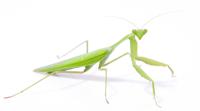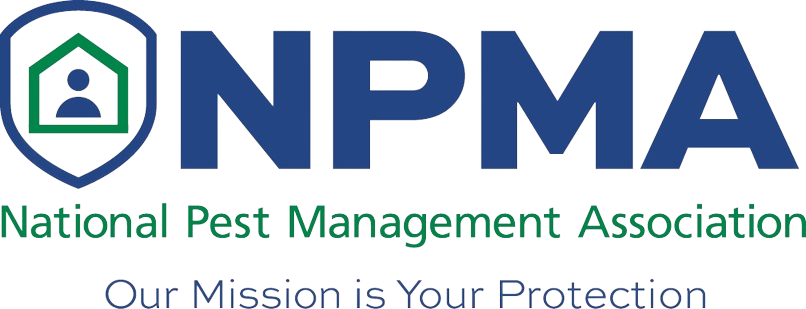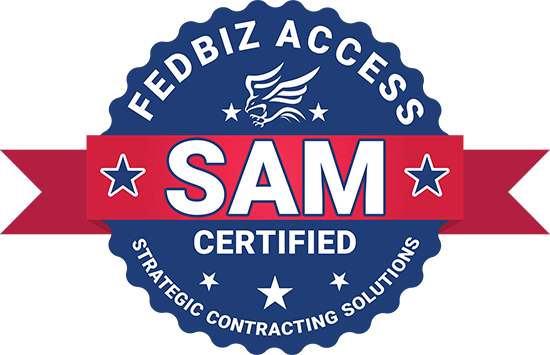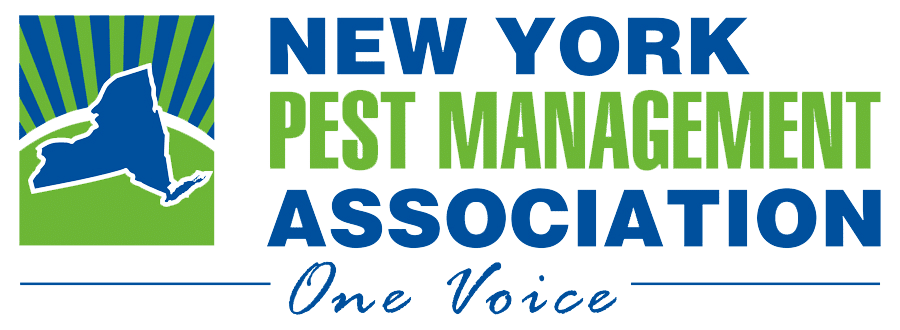Description:
Face flies are one of the most difficult pasture pests to control. They are on cattle only for short periods of time during the day and stay mostly on the head, which is difficult to treat with insecticides. Face flies use an abrasive sponging mouthpart to stimulate tear flow from the eyes. These flies lap up the protein rich secretions from the eye as well as nasal discharges, saliva, or blood oozing from wounds. Most off the time they are resting on plants, fence posts, or other objects.
Appearance:
Adult face flies look much like house flies. They are about 6-8 mm in length and have four dark stripes on top of their gray-colored thorax. Females look almost identical to males except they have yellow coloration on the front portion of their abdomen. The thorax is gray with four dark stripes.
Lifecycle:
The yellowish-white egg has two ridges on its dorsal side and is elongated at one end into a slender, grayish-black stalk. Each egg is about 3.0 mm long (including the stalk) and about 0.5 mm wide. The active larvae are grey or brownish. They are alligator–like with well–developed legs and large pincers with which they suck the body fluids from prey insects such as aphids. The puparium is slightly smaller than the mature larvae and is gray or dirty white.
Habits:
Face flies do not bite their victims. Adult face flies overwinter in buildings and other sheltered areas and become active in early spring. Face flies are cattle pests in the warm weather months, but migrate into the walls, attics or ceilings of barns or other buildings that provide a protected place to overwinter. As the weather warms the adult flies move outdoors or may become active indoors.






